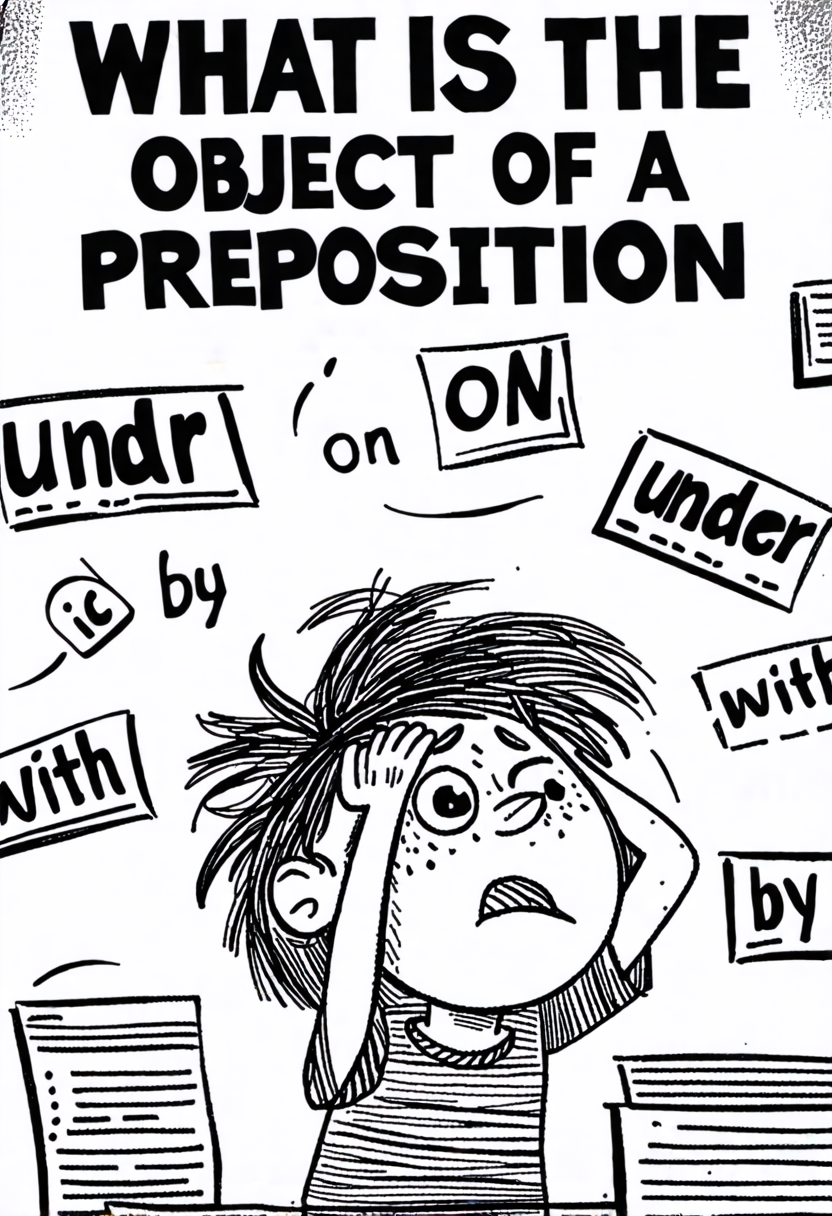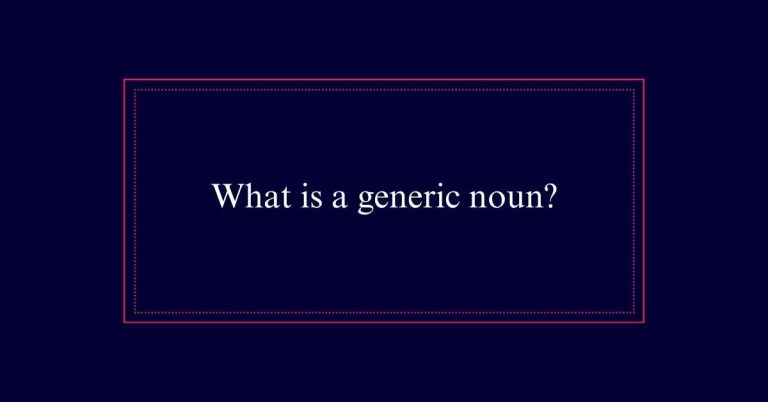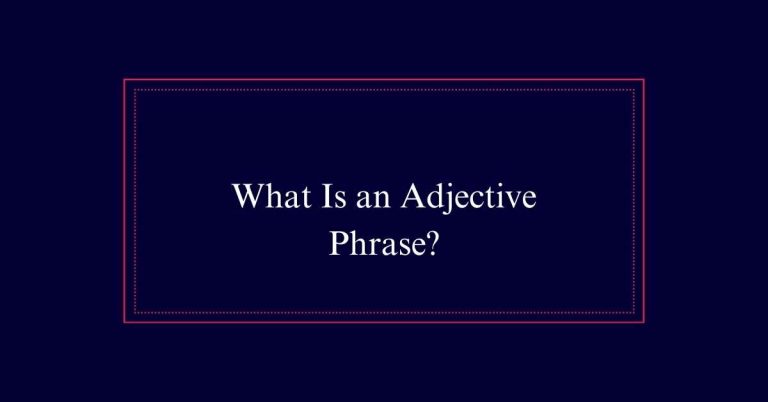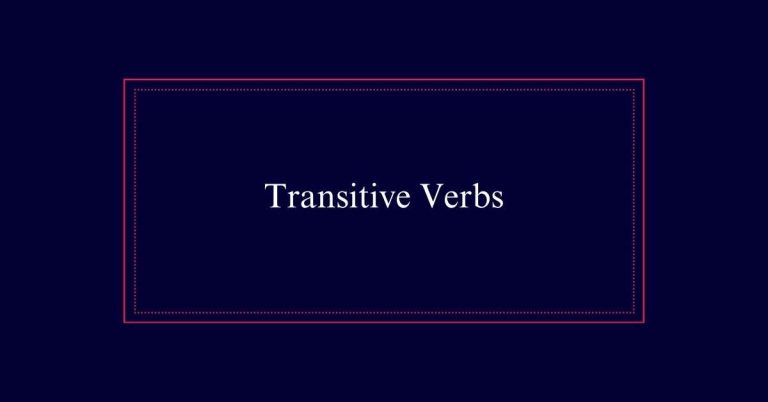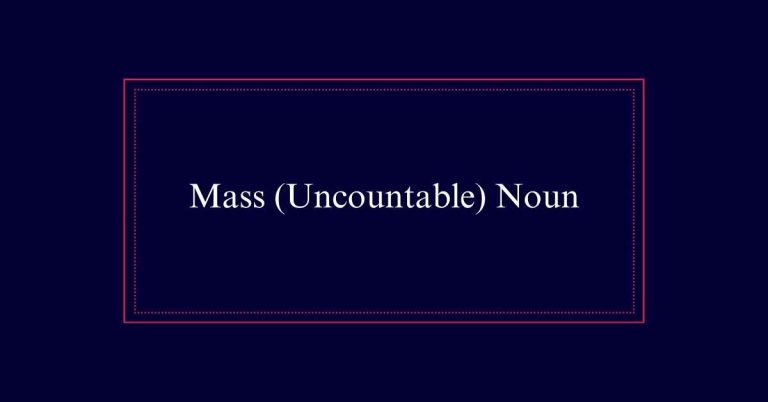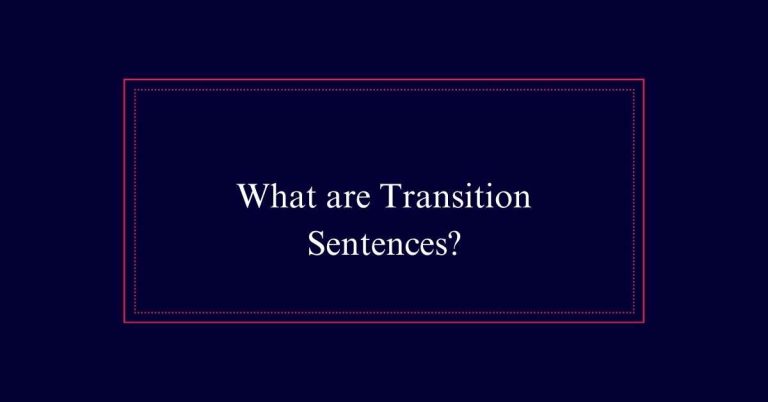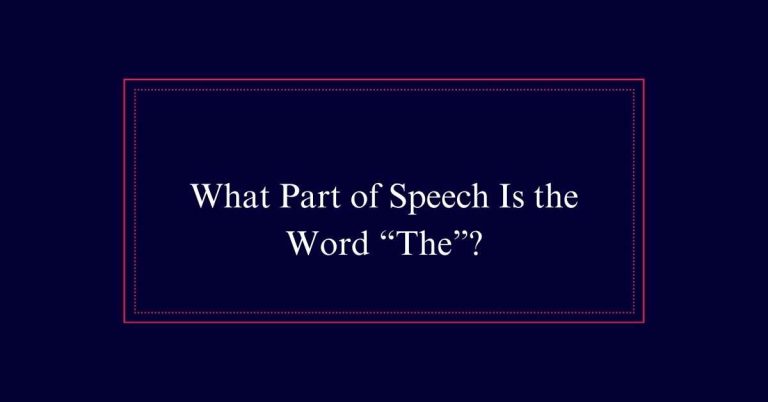What Is the Object of a Preposition?
The object of a preposition is the noun, pronoun, or noun phrase that follows the preposition and completes its meaning. Prepositions like ‘in,’ ‘on,’ ‘at,’ and ‘under’ link a noun or pronoun to another part of the sentence, clarifying the relationship between them. For example, in ‘on the table,’ ‘table’ is the object of the preposition ‘on.’ Similarly, in ‘after the meeting,’ ‘meeting’ is the object of ‘after.’
Definition of Preposition
A preposition is a word that shows the relationship between a noun or pronoun and another word in a sentence. Prepositions often indicate location, direction, time, or manner. They help clarify where, when, or how something is happening.
For example, in the sentence ‘The book is on the table,’ the preposition ‘on’ shows the relationship between ‘book’ and ‘table.’ Common prepositions include words like in, on, at, under, before, and after. These small words are essential for conveying spatial and temporal relationships in sentences.
Prepositional phrases consist of the preposition, its object (the noun or pronoun it relates to), and any modifiers.
Role of Prepositions
Prepositions play an important role in linking nouns or pronouns to other words in a sentence, thereby clarifying relationships such as location, time, and direction. They act as connectors that provide essential context.
For example, in the sentence ‘The book is on the table,’ the preposition ‘on’ connects the noun ‘book’ to ‘table,’ indicating location. Prepositions also help in expressing temporal relationships, as in ‘She arrived after the meeting.’
Additionally, they can show direction, as in ‘They walked to the park.’ By doing so, prepositions make sure that sentences convey clear and precise meanings.
Common Preposition Examples
Many prepositions are frequently used in everyday language to indicate relationships such as location, direction, and time. These words help clarify the connections between different elements in a sentence.
Here are some common examples:
- In: Used to specify a location within a space or period of time (e.g., ‘in the room,’ ‘in the morning’).
- On: Indicates a surface or a specific day (e.g., ‘on the table,’ ‘on Monday’).
- At: Points to a specific location or time (e.g., ‘at the park,’ ‘at noon’).
- Under: Describes something located beneath another object (e.g., ‘under the bed’).
Function of Object
In a sentence, the object of a preposition serves to complete the meaning of the prepositional phrase by identifying what or whom the preposition is referring to. This function is critical because it provides the necessary context for the prepositional phrase.
For example, in the phrase ‘under the table,’ the word ‘table’ is the object that clarifies what is under. Without the object, the prepositional phrase would be incomplete and unclear.
The object of a preposition can be a noun, pronoun, compound object, or a noun clause. Each type of object adds specific details, enhancing the overall clarity and precision of the sentence.
Identifying Objects
To identify the object of a preposition, first locate the preposition in the sentence. Once you find the preposition, look for the noun or pronoun that directly follows it. This noun or pronoun is the object of the preposition.
Understanding this helps to clarify the relationship between different parts of the sentence.
Here are some steps to help you identify objects of prepositions:
- Find the preposition in the sentence.
- Look for the noun or pronoun following the preposition.
- Verify that this noun or pronoun is the object by checking its relationship to the preposition.
- Make sure that the object completes the meaning of the prepositional phrase.
Compound Objects
After identifying the object of a preposition, it’s important to understand that this object can sometimes be a compound. A compound object consists of two or more nouns or pronouns joined by a coordinating conjunction, such as ‘and’ or ‘or’.
For example, in the phrase ‘She talked to John and Mary,’ both ‘John’ and ‘Mary’ are objects of the preposition ‘to.’ Compound objects add variety and depth to sentences, allowing for more detailed descriptions and relationships.
Noun Clauses
A noun clause can serve as the object of a preposition, adding complexity and depth to sentences. Noun clauses function as a single entity, providing additional information and expanding sentence structure. They often start with words like ‘that,’ ‘what,’ ‘whether,’ and ‘if.’
- Example: ‘She is concerned about *what you said*.’
- Example: ‘He is focused on *whether he will succeed*.’
- Example: ‘We talked about *how we could improve*.’
- Example: ‘They are unsure of *why it happened*.’
Modifiers in Phrases
Modifiers in phrases play an important role in enhancing the description of the object of the preposition. They provide additional context and detail, making the sentence more informative and precise. Modifiers can include adjectives, adjective clauses, or phrases that appear before or after the object.
For example, in the phrase ‘in the beautiful garden,’ the adjective ‘beautiful’ modifies the noun ‘garden,’ which is the object of the preposition ‘in.’ Similarly, in ‘with a sense of urgency,’ the phrase ‘a sense of urgency’ modifies the object.
Enhancing Description
In prepositional phrases, enhancing description involves using modifiers to add clarity and detail to the object. Modifiers can include adjectives, adverbs, and additional phrases or clauses. These elements provide specific information, making the sentence more vivid and precise.
- Adjectives: Describe the object directly, such as in ‘under the tall tree.’
- Adverbs: Add detail to the preposition, as in ‘during the very early morning.’
- Phrases: Offer extra context, like ‘in the room with yellow walls.
- Clauses: Provide additional information, such as ‘for the reason that he was late.’
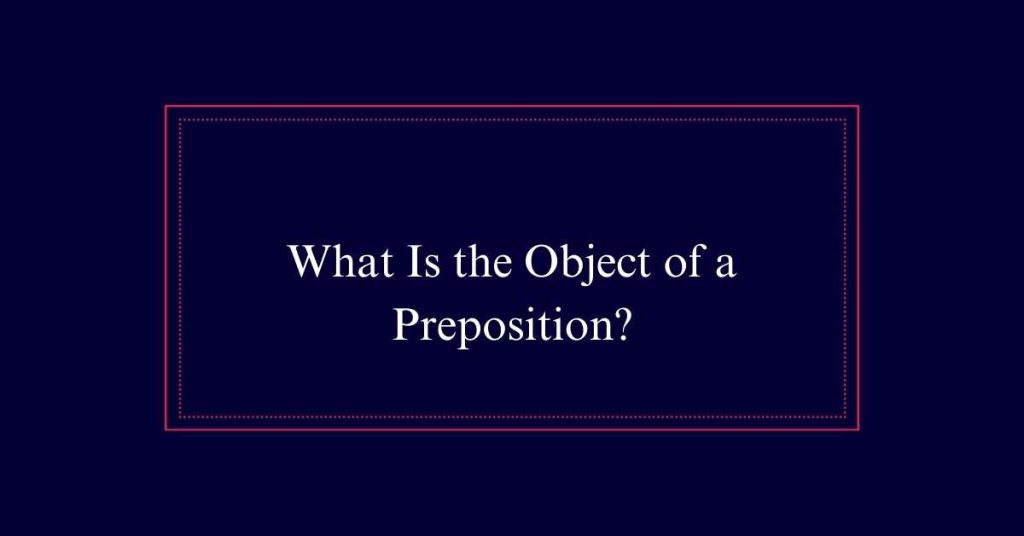
Subject-Verb Agreement
Maintaining proper subject-verb agreement is essential for upholding grammatical accuracy in sentences.
When a prepositional phrase modifies the subject, the verb must still align with the subject’s number.
For example, in the sentence ‘The bouquet of flowers is beautiful,’ the subject ‘bouquet’ is singular, so the verb ‘is’ must also be singular, despite the plural noun ‘flowers’ in the prepositional phrase.
Incorrect agreement, such as ‘The bouquet of flowers are beautiful,’ can lead to confusion.
Always identify the main subject first, then match the verb accordingly. This principle ensures clarity and precision in writing.
Frequently Asked Questions
Can the Object of a Preposition Be a Gerund?
Yes, the object of a preposition can be a gerund. A gerund is a verb form ending in -ing that functions as a noun. It can follow a preposition to form a prepositional phrase, like “after running.”
How Do Prepositional Phrases Affect Sentence Tone?
Prepositional phrases influence sentence tone by adding clarity, detail, and specificity. They can make sentences more formal or descriptive, depending on their use. Properly placed, they enhance the overall readability and professionalism of writing.
Do Prepositions Ever Change in Form?
Prepositions typically maintain a consistent form and do not change. However, some prepositions can combine with other words or change in compound forms, such as “into” from “in” and “to,” adapting to different contexts.
Can Prepositional Phrases Function as Adverbs?
Yes, prepositional phrases can function as adverbs. They modify verbs, adjectives, or other adverbs by providing details about manner, time, place, or reason. For example, “She ran with great speed” or “He arrived after dinner.”
